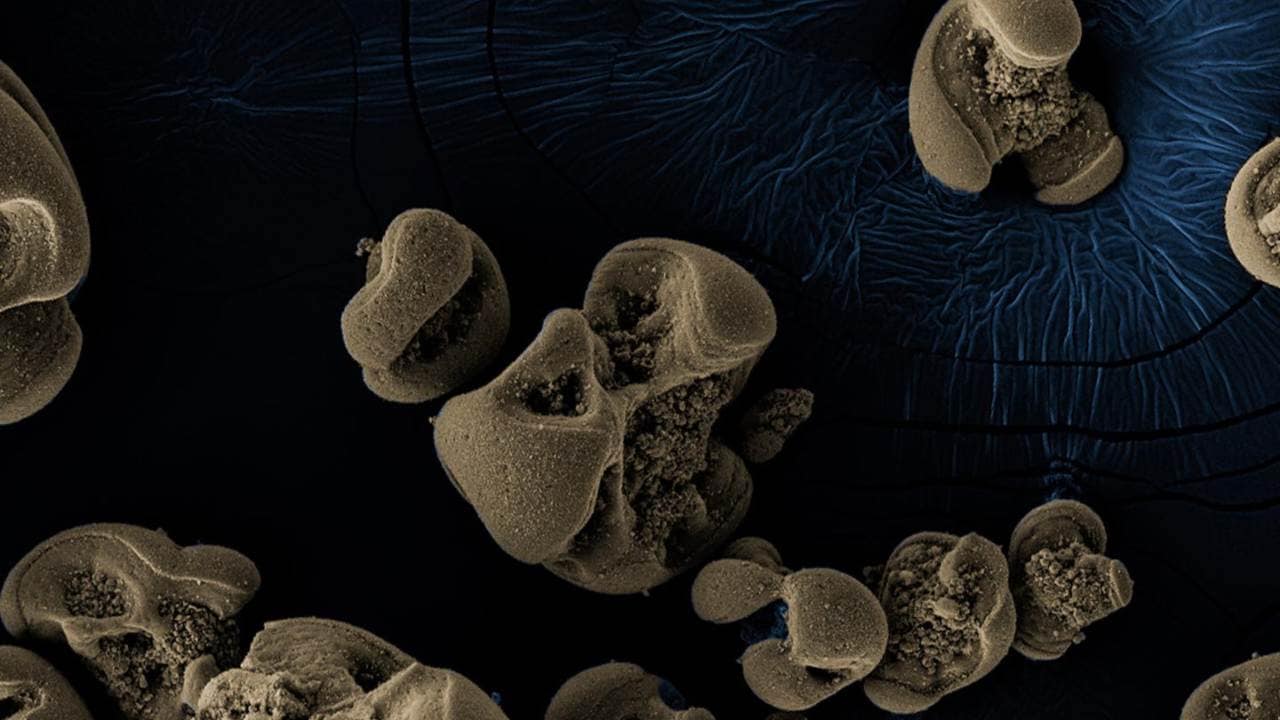FP TrendingJul 20, 2020 16:07:52 IST
Scientists have discovered bacteria that eat metal and uses the material as its energy source. Researchers from the California Institute of Technology accidentally discovered the bacterial after performing experiments using a chalk-like type of manganese. The results of the report were published in the journal Nature.
“These are the first bacteria found to use manganese as their source of fuel,” said Jared Leadbetter, professor of environmental microbiology at Caltech and co-author of the study, speaking about their discovery.
“A wonderful aspect of microbes in nature is that they can metabolize seemingly unlikely materials, like metals, yielding energy useful to the cell,” he said, as per a statement from Caltech.
In a CNN report on the finding, Leadbetter revealed that he had left a glass jar covered with the substance to soak in tap water for several months when he went to work off-campus. On his return, he found the jar coated with a strange, dark material.
The dark substance that Leadbeater found on the glass was manganese oxide, a product that is formed when manganese ions lose electrons and undergo oxidation, according to Science Alert.

Scanning electron micrograph of manganese oxide nodules. Image: Caltech/Leadbeater et al
To confirm this theory, Leadbeater and his team coated more jars with manganese carbonate (MnCO3) and sterilised some of them using scorching steam. The manganese compound on the sterilised jars didn’t darken (even a year later), but the flasks that hadn’t been sterilised developed the same dark coating.
The coating was, in fact, oxidized manganese that was produced by the newfound bacteria, which the researchers think came from the tap water itself.
An analysis of the genetic material (RNA) on the jars revealed 70 species of bacteria. Further tests helped narrow down which specific metal-processing bacteria were involved – the families of Nitrospirae and Proteobacteria, both of which are related to known bacteria that live in groundwater. The pairing of these bacteria was important, since the Proteobacteria alone couldn’t act alone to oxidize manganese
In a follow-up study, the researchers confirmed that the bacterial duo was autotrophic – it could produce its own food using a source of energy. In this case, it fed on electrons from manganese and convert carbon dioxide into biomass in a process known as ‘chemosynthesis’ (which works similarly to ‘photosynthesis’ in plants, where the source of energy is light instead of metal.
The researchers say the rate at which the bacteria multiplies and the rate at which it can oxidise metal indicates that it could produce enough manganese oxides to replace the world’s reserves in just two years. Considering how widely distributed the relatives of these bacterial species are, their potential in cycling this metal across Earth could be vast, they added.
Find latest and upcoming tech gadgets online on Tech2 Gadgets. Get technology news, gadgets reviews & ratings. Popular gadgets including laptop, tablet and mobile specifications, features, prices, comparison.
Post a Comment